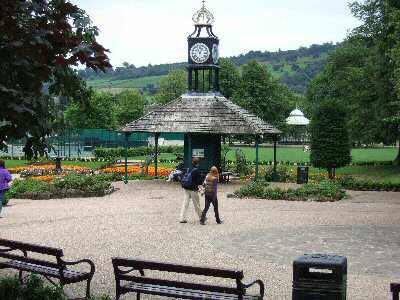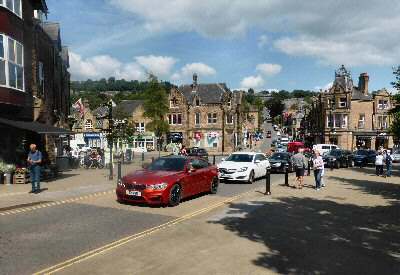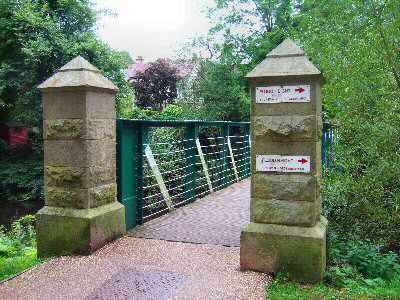MATLOCK
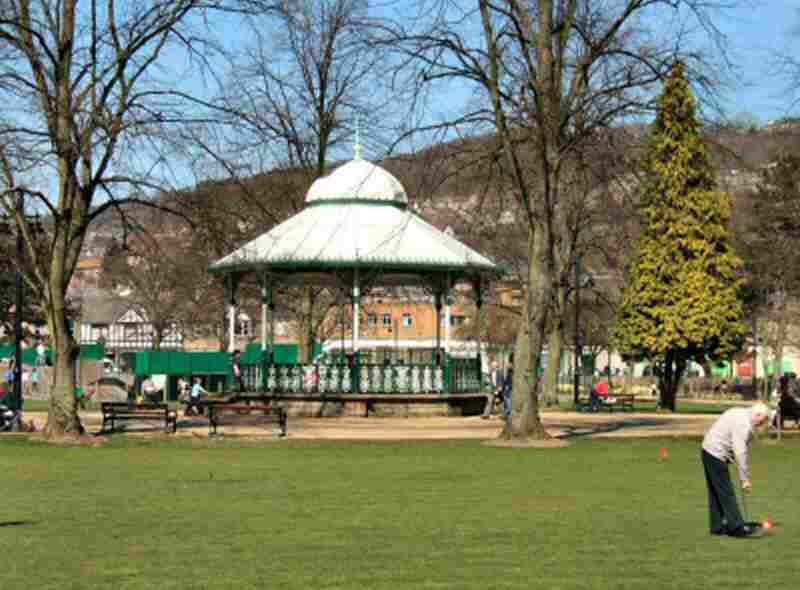
PLAN YOUR DAY OUT
Location: On the A6 Derby to Buxton Road (SK298602).
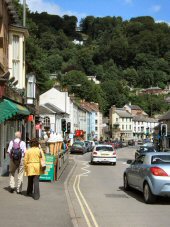
Visit: Enjoy a ride on Peak Rail, a preserved railway operating steam trips from Matlock Riverside Station to Rowsley South throughout the year. – The Mining Museum and Temple Mine at Matlock Bath, where you get a very realistic impression of what the conditions used to be like for men who toiled underground. After completing your absorbing tour of the museum, you can visit Temple Mine, which has been worked since 1922. Check the opening arrangements as they may differ from those of the museum. – The Heights of Abraham, where you can take a spectacular journey by cable car to explore two show caverns, follow woodland trails and enjoy the magnificent view from the Treetops café and restaurant.
Refreshments: There is a wide range of pubs, restaurants, and cafes to suit all tastes, and you can also enjoy a picnic in Hall Leys Park.
Walk: Beautiful scenery, abundant wildlife, and world-renowned heritage make Cromford and High Peak Junction Walk very special. The Derwent Valley was awarded World Heritage Status in 2001. Leave time for a visit to the Arkwright complex to discover how Cromford became known as the ‘Cradle of the Industrial Revolution’.
Special Places of Interest in the Locality: Few new visitors to Cromford realise that it was the first purpose-built industrial village and that it encompasses the site of the world’s first successful water-powered cotton mill. It was from Cromford that its revolutionary methods spread across the rest of the world. Its creator, Richard Arkwright, the semi-literate son of a Lancashire tailor, rose from obscurity to become the first commoner ever to be knighted for his contribution to the industry. As a result of his achievements, Britain was transformed from an almost self-sufficient country with an economy based on agriculture and cottage industries into the world’s workshop. – The Mills at Lumsdale had fallen into decay when the Lumsdale Project was launched to preserve the complex of water mills and ponds. The attraction of the woodland area was retained as far as possible, and the public was allowed access to as much of the Valley as safety allowed. – National Stone Centre, Wirksworth tells the story of stone and its geological and industrial history. Outside the visitor centre, the quarry trail takes you back over three million years.
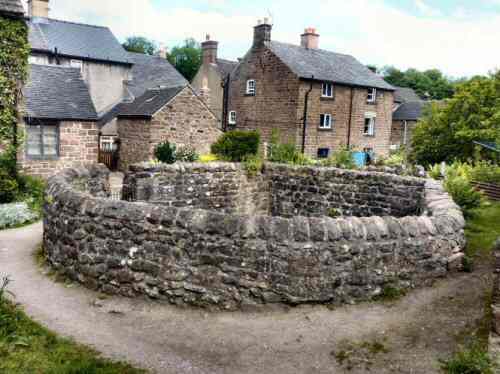
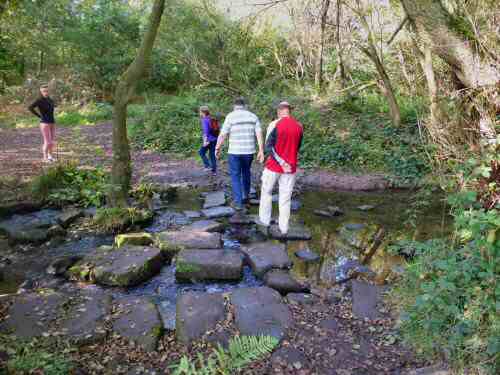
INTRODUCTION
Scenically, Matlock, or ‘The Matlocks’ as they are more correctly called, is claimed to be the most attractive town in Derbyshire. The southern end lies in a deep gorge with dramatic scenery in all directions, along which rushes the busy A6 with the River Derwent never far away. The railway is left to tunnel through the sheer limestone cliffs.
Originally a string of small settlements, it was not until the discovery of medicinal springs in Matlock Bath at the end of the 17th century that it gradually became fashionable with the wealthy in the 18th century. Its development was limited by its somewhat inaccessible location until the arrival of the railway in 1849, which attracted large numbers of day-trippers. As a result, many of the wealthy moved the short distance to Matlock Bank, where John Smedley was setting up his hydropathy in more gentile surroundings.
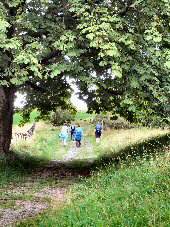
JOHN SMEDLEY
John Smedley is often described as the man who made Matlock. He left school at 14 and took a keen interest in his father’s cotton mill at Lea, which was in severe financial trouble. For 15 years, Smedley worked day and night until financial worries became a thing of the past. Having established himself, he married Caroline Harward, only to be struck with a fever while on honeymoon in Switzerland. He recovered from the fever, but it left him feeling severely depressed and listless. All the usual medicinal treatments were tried, but to no avail.
At last, in desperation, he turned to Dr McLeod, about whom he had heard good reports and visited his hydropathic clinic at Ben Rhydding, near Ilkley in Yorkshire. He returned home revitalised and determined to share his good fortune with others. All his employees were forced to undergo the water treatment, whether ill or not! He did not stop there but started offering treatment to outsiders at his house. In 1851, Ralph Davis opened a small hydropathy on Matlock Bank, and Smedley acted as his medical adviser.
In 1853, he bought the business from Davis and immediately expanded. He built the Hydro, commonly known as Smedley’s Hydro, to his design, which soon catered for more than 2,000 patrons yearly. He died in 1874, but the business continued to prosper, as did several similar establishments on Matlock Bank. However, the number of hydropathic establishments dwindled after the First World War. Only Smedley’s and Lilybank reopened after the Second World War and struggled on for a while before both closed.
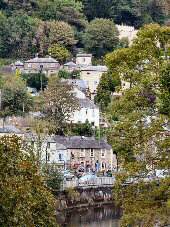
MATLOCK RAILWAY
The development of Matlock owed much to its location on the main railway line between London and Manchester. However, this ended in 1967 when the line north of the town was closed. Now, Peak Rail provides scenic rail trips, mainly steam-hauled, to a new station at Rowsley South, a round trip of eight miles.
CABLE TRAMWAY
Matlock is famous for another line – a cable tramway line claimed to have the steepest gradient in the world for a public road at one in five and a half. It opened in 1893 and ran nearly a mile from Crown Square up Bank Street to the top of Rutland Street. Job Smith, who owned Malvern House Hydro on Smedley Street, brought the tramway to Matlock. Smith had seen the steep tramway in San Francisco in operation. He thought something similar would be ideal for Matlock, conveying visitors back and forth from the town centre.

MATLOCK BRIDGE
Most of the shops are located in Matlock Bridge. The bridge itself started life as a packhorse crossing to replace the Ford. Dale Road was once considered one of the most elegant shopping streets in the East Midlands. To the rear are pleasant riverside walks and Hall Leys Park, which offers excellent recreational facilities for all ages.
At the head of the park is the ornate tram shelter that once stood in Crown Square; there is also a refreshment room and bandstand. From here are excellent views of the ruins of Riber Castle, built and lived in by John Smedley until his death.
OLD MATLOCK
The original settlement of Old Matlock sits on the hillside to the east of the Derwent. A church has been there since the 12th century. A tablet in St. Giles Church recalls a remarkable union between Adam and Grace Woolley, whose marriage lasted for nearly 76 years—almost certainly a record for those days.
MATLOCK GREEN
At Matlock Green on the A515, a fortnightly cattle market dates back to 1880. A public house existed on the site from the 17th century, and May Fairs were held there.
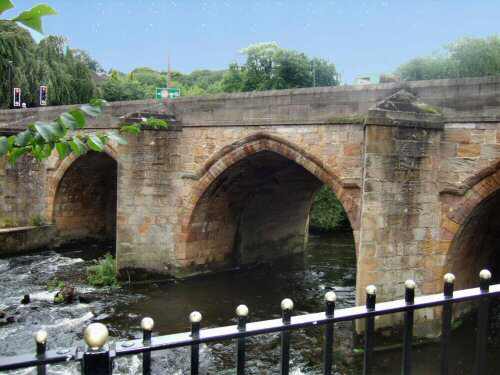
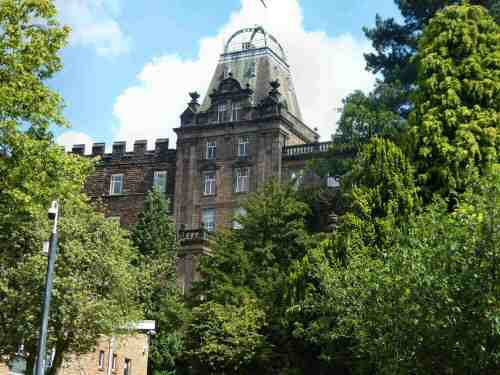
TEN FASCINATING FACTS ABOUT MATLOCK
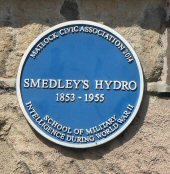
1. In 1898, a guidebook listed more than thirty hydropathic establishments in the town. At the time of writing, Smedley’s Hydro is the home of Derbyshire County Council.
2. The refurbished Hall Leys Park, located by the river in the centre of Matlock, with its paddling pool, lovely lake and attractive café, is an excellent place to relax.
3. Sir Joseph Paxton is credited with the stationmaster’s house at Matlock station. He landscaped the gardens at Chatsworth and created the Crystal Palace.
4. The treatment prescribed at Smedley’s Hydro consisted of regular water applications, such as wet sheets, sponges, baths, or douches. Alcohol and tobacco were forbidden, and diet was carefully controlled. The guests’ exercise was carefully monitored to ensure that long walks and strenuous exercises did not cause over-fatigue. Guests began their day at six in the morning and ended at ten at night. Fines were imposed when rules were broken. Far from being put off by this kind of treatment, guests loved it and kept coming back for more.
5. Sir George Newnes, born in 1851 in Matlock Bath, where his father was vicar, went into publishing as a representative in his early twenties. One day, when he was reading bits from the newspaper aloud, he hit on the idea of publishing a paper that contained nothing other than ‘titbits’ as he called them.
6. He raised the money to start by buying and selling a restaurant. When ‘Titbits’ was published, it was a great success. The inclusion of competitions for prizes was a masterstroke.
7. Sir George Newnes raised the money for the cable tramway, buying it and giving it to the town when the company ran into financial difficulties.
8. The tramway continued to carry passengers uphill for two pence and down for one penny until mounting costs caused it to close in 1927.
9. The climb up to High Tor from Matlock is steep, but you are rewarded with superb views. Take care not to go near the edge, as there is a 350-foot drop. Frederick Charles Arkwright laid out The Pleasure Grounds on High Tor in Victorian times, and the path to the summit was appropriately named Arkwright’s Grand Walk.
10. The narrow gorge at Matlock Bath is a popular haunt for serious rock climbers who test their ability against the sheer rock face of High Tor. A much easier way to climb is to take the cable car up to the Heights of Abraham, named after General Wolfe’s famous assault on Quebec.
MATLOCK TO BONSALL WALK
